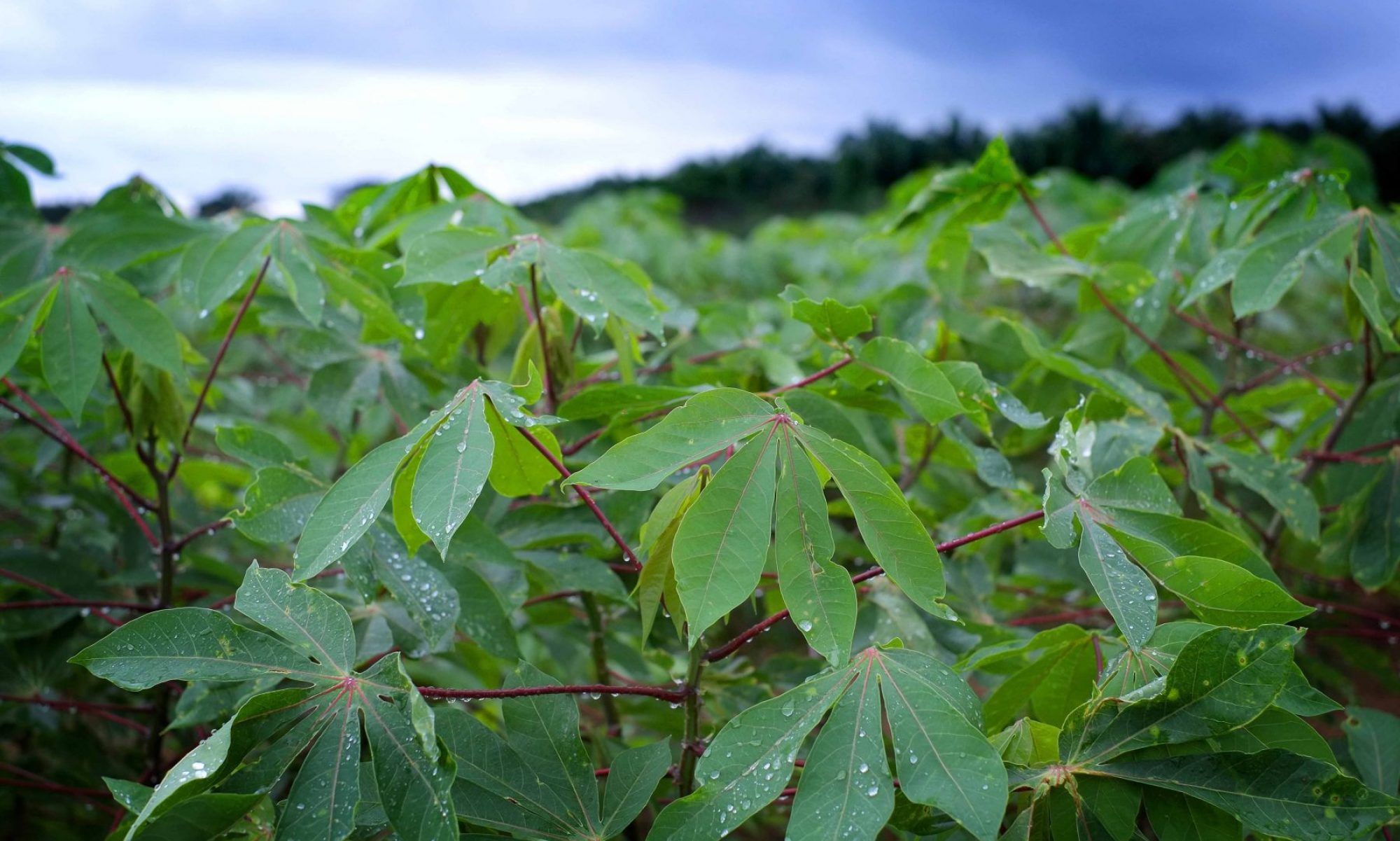Our research work in Colombia is funded by the Swiss National Science Foundation and the Swiss Agency for Development and Cooperation (SDC). Our work is not conducted on animals or on humans but involves carrying out field trials using AMF in agricultural soils in Colombia with our collaborators in the group of Prof. Alia Rodriguez at the National University of Colombia (UNAL). All Colombians and other persons involved in the project work under normal UNAL rules of employment. By participating in this project, Colombian researchers will not be endangered in anyway and will profit from the collaboration, as is already the case with our current collaborative projects. Concerning the University of Lausanne (UNIL) researchers who travel to Colombia, all necessary security precautions are taken. We have been conducting fieldwork in Colombia with UNAL for over 4 years.
Mycorrhizal fungal material of no commercial value are transported from Switzerland to Spain, grown in bulk and then sent to Colombia for use in field trials. This material is of no danger to people or the environment and the same fungal species already grows in Colombian agricultural soils. The same product has full licensing for use in agriculture in the EU. No biological tissues are transferred from Colombia to UNIL.
All our projects in Colombia, conform to the Swiss Agency for Development and Cooperation’s (SDC) guidelines on “Do no harm” and ethical standards as set out below:
Our project and the Colombian government’s regional plan in the Eastern Plains of Colombia conforms to the ethical standards and SDCs “Do no harm” principle. The project also conforms to the SDCs themes on Agricultural and Rural Development, Employment / Income, Environment, Conflict Prevention and Transformation, Migration and Economic integration.
Our research involves using the technology of mycorrhizal fungal inoculum for improving efficiency of establishing more environmentally friendly, sustainable crop production in the Eastern Plains region, reducing soil fertility problems associated with current land-use practices, thereby increasing wealth, income and regional stability in a post-conflict zone. The Eastern Plains region is a highly diverse but also fragile ecosystem, with an important cultural heritage originating with the indigenous people. A number of points are notable:
- No forest clearance: Extensive tropical forest clearance has occurred in many tropical regions. In the Eastern Plains, most of the forest clearance has already occurred gradually since the colonization by Spanish. Recent forest clearance has been to create pasture which is a poor and unsustainable use of the land. The increase in cassava cultivation will only occur in areas that are currently used for poor pasture.
- Food production: The project seeks to increase food productivity in the region to feed the growing Colombian population.
- Land ownership, cooperatives & indigenous groups: Cassava is generally produced by small farmers and indigenous groups and many are now encouraged in the regional plan to form cooperatives. This model has been successful and is likely to be extended in the future. The cooperative model is particularly successful because more wealth can be generated than by individual small farmers and investment in shared equipment and technology can be made. The model is important as wealth generated remains in the region, greatly helping the economic development. Unlike cattle ranching, cassava is a traditional crop of the indigenous people in the area, dating back over 5’000 years, and indigenous groups can also profit from the technology developed on our projects.
- Environmental issues and biodiversity: The Colombian Ministry of the Environment and the regional government have a strict policy on protecting the biodiversity and the environment in the Eastern Plains. This includes the planning of technology designed to lower carbon emissions, improve water quality, improve soil fertility, reduce pollution, and recycle nutrients in the ecosystem. The proposed project contributes directly to that policy by increasing soil fertility, decreasing erosion and also reducing the amount of fertilizer necessary for cultivation. This is particularly important in the Eastern Plains as high fertilizer levels in agricultural run-off can also affect the whole Los Llanos region that extends into a vast area of Venezuela as well as Colombia.
- Recent developments, post-conflict and stability: Colombia has seen an internal war for the last 40 years. The government’s hard-line approach against rebel and paramilitary groups has transformed the country in the past 7 years. Only a few years ago this project would not have been possible in the Eastern Plains. A socio-economic plan must incorporate generating wealth and employment for the local population. It is clear that the current agricultural land-use in the region cannot sustain such stability and could lead to increases in cultivation of illegal crops. For this reason, development of safety food crops and poverty reduction are a key part of stabilization of the region.
Disadvantaged groups
There are no obvious disadvantaged groups concerned with the use of results in our research projects. Given that the projects will not result in clearance of naturally forested land, removal of indigenous people or result in the displacement of people, take away land from rightful owners, but increase employment, improve poor unsustainable pasture and allow small landowners to form cooperatives with good living standards for workers the effects are likely to greatly benefit the local people.
Partner country legislation
All aspects concerning partner country legislation that are relevant to this project are respected, including all research permits, conformity to national salary regulations etc. conform to the SDC transversal theme “Governance”.
